The CLB (Complementation and Lethal Burden) method is a powerful technique for detecting and analyzing mutations. It combines complementation tests with assessments of lethal burden to identify specific mutations, especially useful for studying X-linked mutations.
Overview of the CLB Method
The CLB method is based on two core principles:
1. Complementation:
– Objective: Introduce a wild-type gene into a mutant background to determine if it can restore normal function.
– Principle: If the wild-type gene complements the mutation, the mutation is in a different gene or pathway from the introduced wild-type gene.
2. Lethal Burden:
– Objective: Assess the impact of the mutation on the organism’s viability or fitness.
– Principle: Mutations causing severe phenotypic effects or lethality are identified by comparing survival and reproductive success between organisms with and without the mutation.
CLB Test System: CIB Method
The CIB (Complementation Inversion B) test system detects the rate of induction of sex-linked recessive mutations. The components of the CIB system are:
– C: An inversion that suppresses crossing over.
– I: A recessive lethal mutation.
– B: A dominant gene causing bar-shaped eyes.
All traits are located on the X chromosome.
Procedure
1. Treatment and Crossing:
– Treatment: Wild-type (P) males are treated with a mutagenic agent, such as X-rays.
– Crossing: Treated males are crossed with non-treated heterozygous females carrying one X chromosome with CIB markers.
2. Analysis of F1 Generation:
– Offspring Types: The F1 generation includes:
– CIB Males: These die due to the recessive lethal gene expressed in hemizygous conditions.
– Wild-Type Males: These survive and are crossed with bar-eyed females from the F1 generation.
3. Cross with Bar-Eyed Females:
– Bar-Eyed Females: These females carry the CIB chromosome from their mother and an irradiated X chromosome from their father.
– Crossing: Wild-type males from F1 are crossed with these bar-eyed females.
4. Analysis of F2 Generation:
– Offspring Types: The F2 generation consists of:
– Bar-Eyed Females: Resulting from crossing over.
– Wild-Type Females: Also from crossing over.
– CIB Males: Will die due to the recessive lethal gene.
– Surviving Males: These may include mutants if X-ray-induced mutations occurred.
Detection of Mutations
1. Lethal Mutations:
– Outcome: If a lethal mutation is induced, no males will survive in the F2 generation.
2. Morphological Mutations:
– Outcome: If a morphological mutation is induced, it will be observed in the surviving males of the F2 generation.
Applications and Importance
– Mutation Detection: Effective for identifying sex-linked recessive mutations.
– Genetic Research: Provides insights into gene function and mutation effects on phenotype.
– Functional Genomics: Helps in understanding genetic pathways and developing therapeutic targets.
Conclusion
The CLB method, particularly the CIB test system, provides a detailed approach to detecting and analyzing X-linked mutations. By combining complementation tests with assessments of lethal burden, it enables researchers to identify specific mutations and understand their impact on viability and phenotype. This method is crucial in genetic research and significantly contributes to our understanding of genetic disorders.
_________________________________________________________________________________________________
Detection of Mutations: Attached X-Chromosomes Technique
Introduction
The Attached X-Chromosomes technique offers a straightforward method for detecting mutations. This technique leverages the occurrence of attached X-chromosomes to simplify mutation detection, revealing mutations in the first generation of offspring. It is particularly useful for studying sex-linked mutations.
Overview of Attached X-Chromosomes Technique
This technique focuses on the genetic anomaly known as “attached-X,” where two X-chromosomes fail to separate properly during anaphase and migrate to the same pole. This results in gametes with an abnormal chromosomal composition.
1. Attached-X Condition:
– During cell division, two X-chromosomes may fail to separate and both move to the same pole, resulting in a gamete with two X-chromosomes (XX).
– When such a gamete is fertilized by a Y-sperm, the resulting zygote has an XXY chromosomal composition.
2. Production of Progeny:
– XXY Female (Attached-X): The XXY female, or attached X female, is crossed with a wild-type XY male, which has been exposed to a mutagen, potentially introducing mutations into the progeny.
Procedure
1. Crossing Attached-X Female with Wild-Type Male:
– Parents: The attached-X female (XXY) is crossed with a normal XY male (P1).
– Mutagen Exposure: The male parent (XY) has been treated with a mutagen to induce mutations.
2. Analysis of F1 Generation:
– Four Types of Progeny:
– Triple-X Females (XXX): These females die due to genetic imbalance from an extra X-chromosome.
– Attached-XY Females (XXY): These females are viable and exhibit the attached X-chromosome condition.
– YY Males: These males die because YY genotype is non-viable without an X-chromosome.
– Normal XY Males: These males are viable and represent the normal chromosomal composition.
Detection of Mutations
1. Sex-Linked Morphological Mutations:
– Expression: The sex-linked mutations induced in the male parent (XY) are expressed in both viable progeny types (attached-XY females and normal XY males).
2. Lethal Mutations:
– Outcome: Lethal mutations will be observed as a lack of YY males in the F1 generation. These males die, confirming the presence of a lethal mutation.
Applications and Importance
– Simplified Mutation Detection: The technique allows for mutation detection in the first generation, making it efficient.
– Sex-Linked Mutation Study: Effective for studying sex-linked mutations and their impact on phenotype and viability.
– Genetic Research: Provides insights into mutations’ effects on development and survival.
Conclusion
The Attached X-Chromosomes technique simplifies the detection and analysis of mutations. By leveraging the occurrence of attached X-chromosomes, researchers can efficiently identify both viable and lethal mutations. This technique is a valuable tool in genetic research for studying sex-linked mutations and understanding their implications.
ADVERTISEMENTS
ADVERTISEMENTS
Engage with Us:
Stay tuned for more captivating insights and News. Visit our Blogs , Science paper , Study Portal and Follow Us on social media to never miss an update. Together, let’s unravel the mysteries of the natural world.

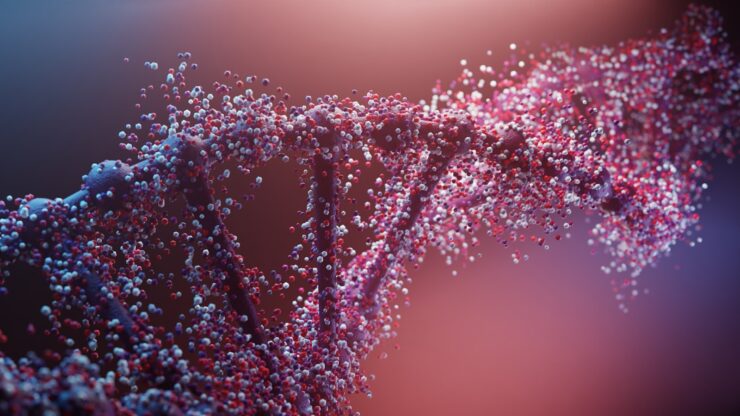
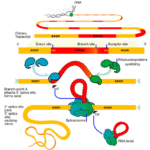
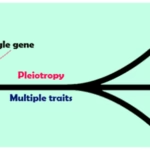
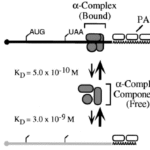






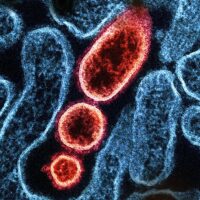


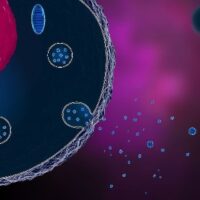





2 Responses
[…] mutation in a Black Sea dweller as far back as 9,000 years ago—a common ancestor from whom all mutation carriers […]
[…] could theoretically enhance H5N1’s ability to spread among humans, especially if further mutations accumulate. Although no cases of human-to-human transmission have been observed with this strain, […]